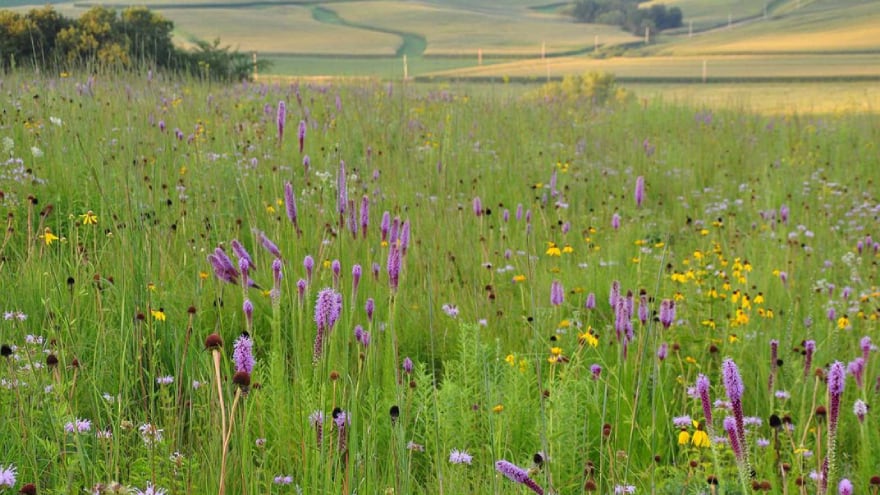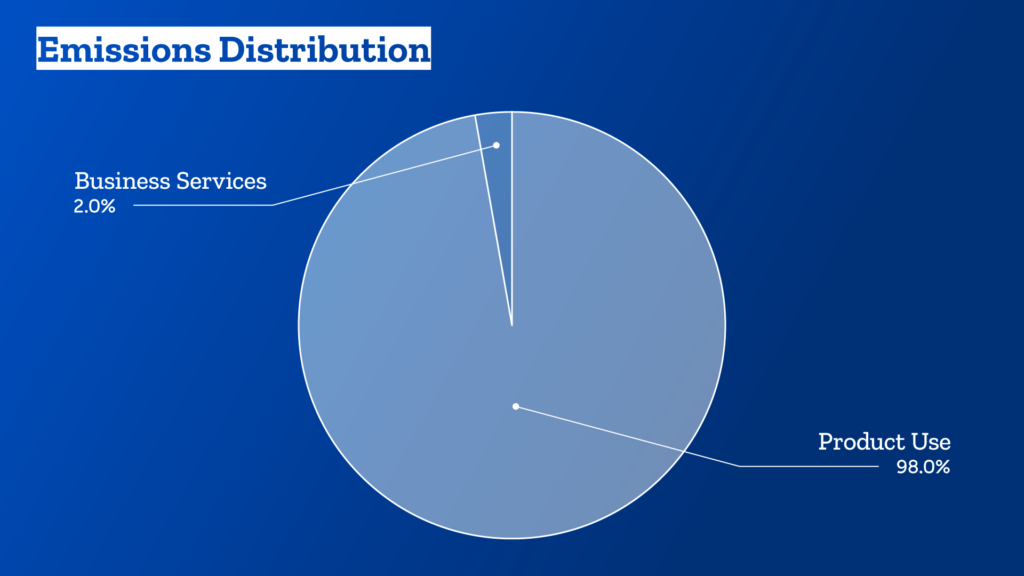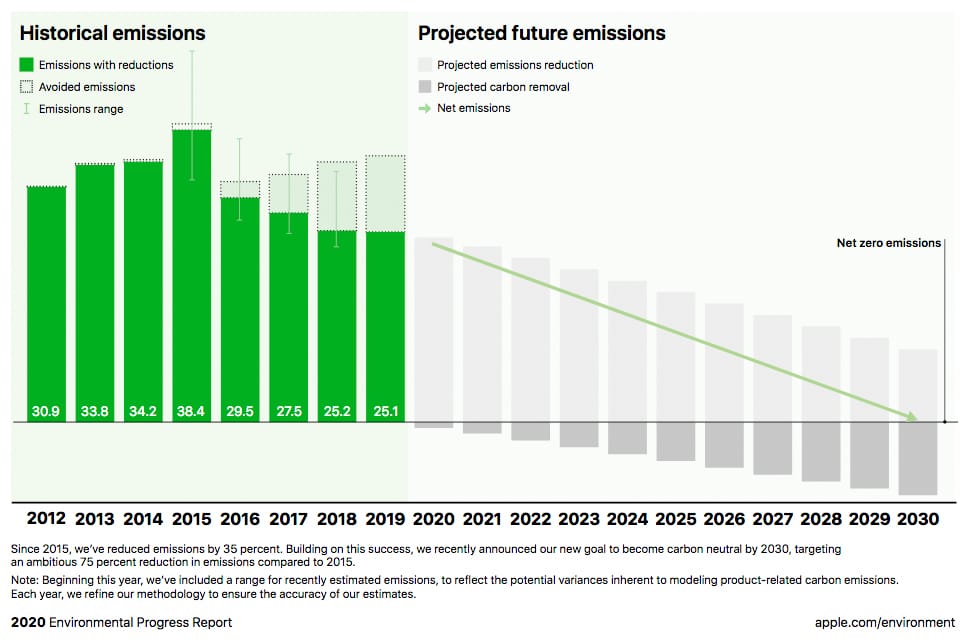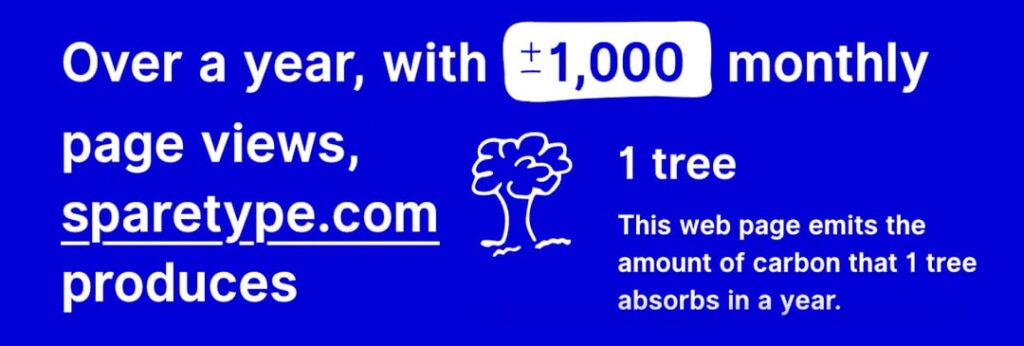Starting back in the fall of 2019, the recipe and cooking resource site Epicurious quietly started cutting beef from its culinary coverage. They published a select few beef pieces since then, but starting this week, no more.
Today Epicurious announces that we’ve done just that: We’ve cut out beef. Beef won’t appear in new Epicurious recipes, articles, or newsletters. It will not show up on our homepage. It will be absent from our Instagram feed.
We know that some people might assume that this decision signals some sort of vendetta against cows—or the people who eat them. But this decision was not made because we hate hamburgers (we don’t!). Instead, our shift is solely about sustainability, about not giving airtime to one of the world’s worst climate offenders. We think of this decision as not anti-beef but rather pro-planet.
The Planet on the Plate: Why Epicurious Left Beef Behind
If you haven’t taken inventory of your food decisions, please read this piece about their decision making and the questions they had to confront. If you have already made changes to your diet, use these links to help spread information to those around you. The writing and facts are straightforward. It’s also self-aware enough to admit that this is just one little act that needs bigger and bigger support.
Meat — be it beef, chicken, or seafood — makes up about 5% of my family’s yearly diet. We started cutting it out over two years ago when it had been an every day feature. On about fifteen special days a year, we indulge and have a meat meal. Even then, we still choose more sustainable options. Most often that’s local seafood since we’re on the Gulf Coast. We’re also not completely vegan; we eat dairy and eggs and cheese. A sustainable diet is a spectrum and there are some easy wins to help the planet by cutting out the worst polluters.
Sure, there’s lots of bean and rice meals. But that’s okay. That’s what we should be eating. That’s what a lot of people all over the world eat. Pitch in, do your part, and join the side of humanity that wants Earth to stay functional.
(Photo Credit: Lou Liebau)



